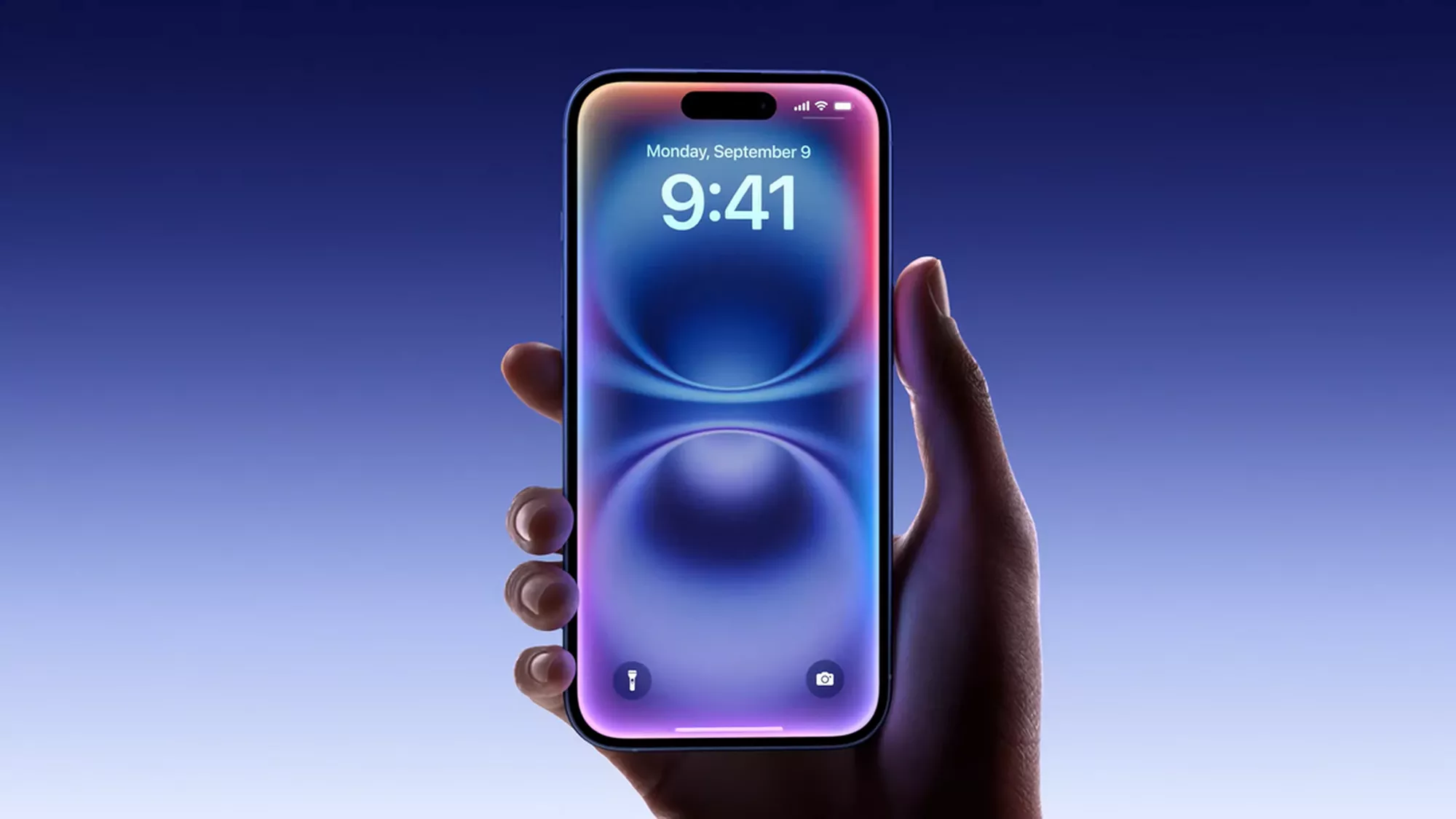Apple scientists likewise fostered a procedure for making reasonable looking symbols from recordings.
Apple has delivered two examination papers extending the potential outcomes of generative simulated intelligence. One paper takes care of an issue that was forestalling huge language models from running on specific gadgets with restricted unique irregular access memory. The paper doesn’t indicate iPhones and iPads, however it’s reasonable Mac will attempt to carry out this strategy on its own gadgets.
A subsequent paper portrays “Human Gaussian Splats,” a procedure for producing 3D symbols from single-camera recordings, which could be utilized to make symbols for virtual gatherings or to allow customers to take a stab at garments prior to buying them from online retailers.
Mixing a LLM deduction cost model with streak memory
As an ever increasing number of organizations work on adding LLM-fueled abilities to applications, they need those applications to run locally on gadgets. A test to this has been that LLM’s “escalated computational and memory prerequisites present difficulties, particularly for gadgets with restricted Measure limit,” Apple scientists wrote in the paper “LLM instantly: Productive Enormous Language Model Deduction with Restricted Memory”.
The specialists found they could run LLMs that need up to two times more than the accessible Measure by putting away the LLMs on streak memory utilizing two methods, which the scientists called “windowing” and “line segment packaging.” With windowing, the requirement for Measure is diminished on the grounds that the cycles are performed on reused computerized neurons, not new advanced neurons. Line section packaging makes the lumps of information read from streak memory bigger.
Both of these methods are basic to “building a surmising cost model that fits with the blaze memory conduct, directing us to streamline in two basic regions: diminishing the volume of information moved from glimmer and perusing information in bigger, more adjacent pieces,” the scientists composed.
Business use cases for more effective LLM procedure on Measure
This improvement might stream down into business use cases as well as buyer ones in that it will permit LLMs to run on more modest, memory-obliged, edge or field administration gadgets. The scientists express their work “starts a trend” into additional exploration; that examination could incorporate upgrading generative simulated intelligence for generally little gadgets as well as the other way around. Specifically, it could make it simpler for Macintosh to send off generative computer based intelligence on iPhones and iPads.
Human Gaussian Splats make practical 3D symbols
The subsequent paper, which was composed by specialists from Apple, the Maximum Planck Organization for Clever Frameworks and ETH Zurich, depicts a technique for delivering 3D symbols. The scientists began with a short, single-camera video and from it created a 3D symbol utilizing a brain delivering structure called Human Gaussian Splats. Past video-to-3D transformation like that utilized in certain movies took numerous cameras and a ton of register power and human exertion.
Utilizing 50-100 casings of a video, Human Gaussian Splats can create fresh out of the box new stances and developments for the symbol. The brain delivering system is generative in that it “fills in” portions of the human body that might not have been completely caught in the video.
Conceivable business use cases for video-to-symbol capacities
The scientists propose a wide assortment of purposes for their symbols, including “AR/VR, special visualizations, visual take a stab at (and) film creation.” While virtual symbols for conferences like those proposed by Meta haven’t been well known, retailers keep on trying different things with allowing clients to go into a virtual changing space to see the garments on their own bodies. Making 3D symbols all the more productively and with less handling power might facilitate that cycle.
Apple’s advancement in the generative artificial intelligence space
That’s what the two papers show, while Apple might not have generative simulated intelligence items today that are as prominent as Microsoft’s Copilot or OpenAI’s ChatGPT, Apple actually takes part in the generative artificial intelligence space. These discoveries could ultimately be integrated into Siri, Macintosh’s voice-put together colleague that dwells with respect to workstations, tablets and telephones.


